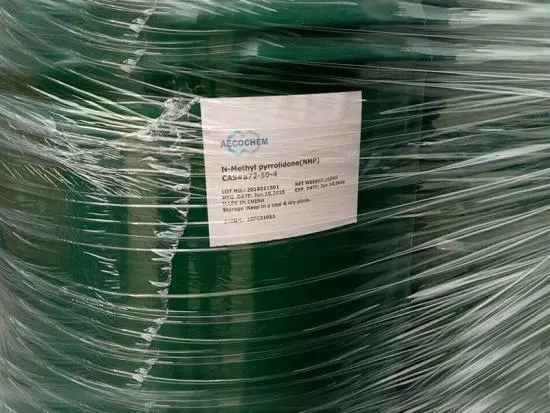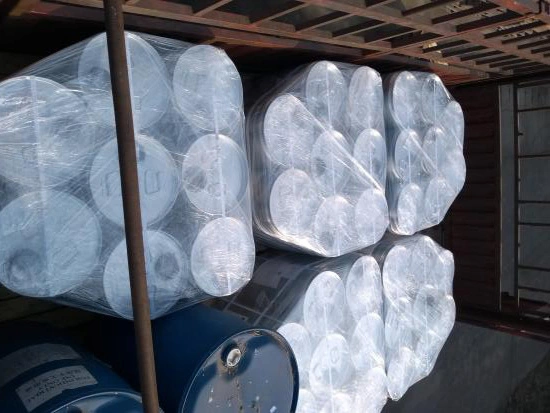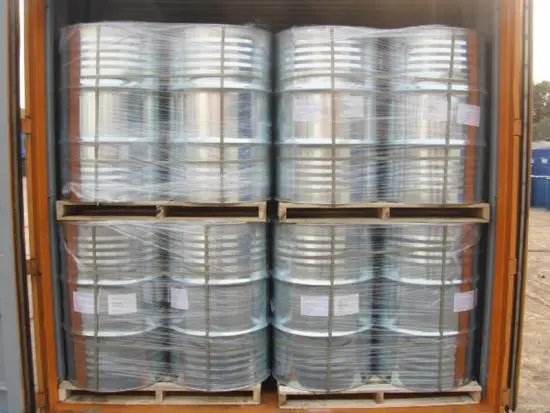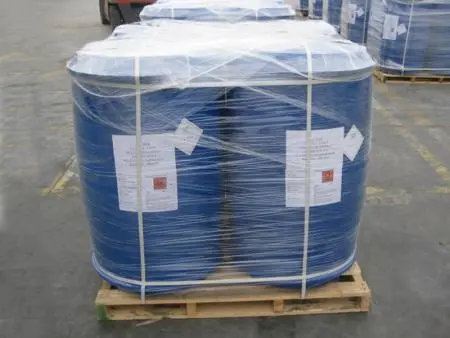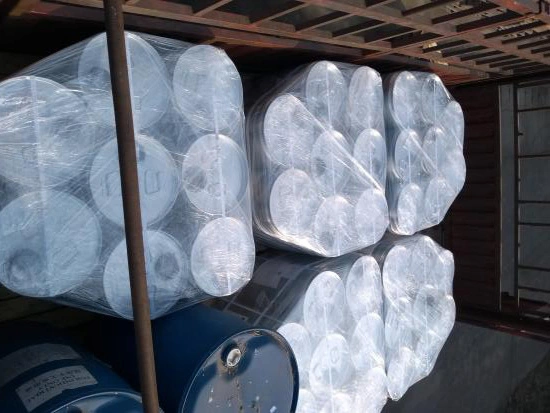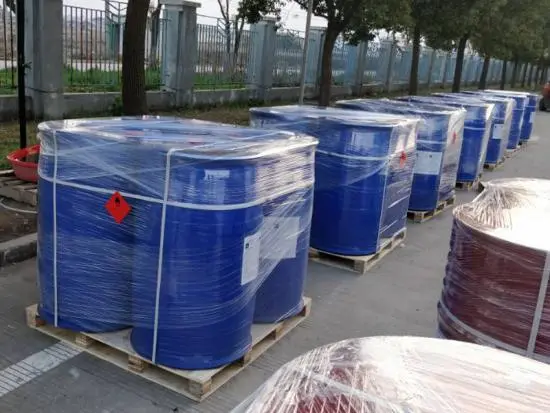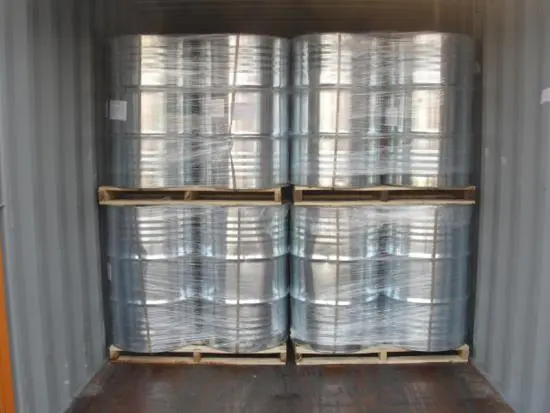Tetrabromoethane
Send Inquiry
Tetrabromoethane is almost insoluble in water, but easily soluble in organic solvents such as ethanol, ether, and chloroform. Safety precautions must be taken when storing it because it is toxic. It is usually stable at room temperature, but may decompose when exposed to a certain degree of light or heat. It is also widely used, and its common applications include quaternary ammonium compounds, pharmaceuticals, dye intermediates, additive flame retardants, and can also be used to prepare chemical fiber catalysts, initiators for polyester oxidation processes, refrigerants, fire extinguishers, and fumigants.
Identification:
Product Name: 1,1,2,2-Tetrabromoethane
CAS : 79-27-6
Synonyms :
Molecular Formula : C2H2Br4
Molecular Weight : 345.65
EINECS : 201-191-5
Properties:
Melting point: 1 °C
Boiling point: 244 °C
density: 2.967 g/mL at 25 °C(lit.)
vapor density: 11.9 (vs air)
vapor pressure: 0.1 mm Hg ( 20 °C)
refractive index: n20/D 1.637(lit.)
Fp: 118-120°C/15mm
storage temp.: Store at +15°C to +25°C.
solubility: alcohol: miscible
form: Liquid
color: Clear
Water Solubility: 0.63 g/L (20 ºC)
Specification:
Appearance: Transparent and free of impurities
Relative density, g/cm3(25℃): 2.955-2.970
Chroma, APHA: ≤100
Crystallization point: ≥-2℃
Purity: ≥98%
PH value: 5.0-7.0
Inorganic halide content, mg/kg: ≤15.0
Product Package:
150kg/steel drum, or according to the requirements of the customers.
Product Storage:
Put in a sealed, dry and ventilated place, Guard Against Fire.
Application:
It is used as a co-catalyst in PTA production equipment, and in the organic synthesis industry for the production of quaternary ammonium salt compounds and combustion promoters. In the chemical fiber industry, it is used as an initiator in the oxidation process of polyester, as an intermediate in the coating industry, and as a fumigation disinfectant and pharmaceutical intermediate in the pharmaceutical industry. Used as a solvent for oils and waxes in the oil industry, and as a separating agent in the mining industry. Used in the fire-fighting industry to make fire extinguishing agents, and as chemical reagents in analytical chemistry. In addition, it is also used as a cleaning agent for microscopes and instruments.
 English
English Español
Español  Português
Português  русский
русский  Français
Français  日本語
日本語  Deutsch
Deutsch  tiếng Việt
tiếng Việt  Italiano
Italiano  Nederlands
Nederlands  ภาษาไทย
ภาษาไทย  Polski
Polski  한국어
한국어  Svenska
Svenska  magyar
magyar  Dansk
Dansk  Suomi
Suomi  العربية
العربية  český
český  ελληνικά
ελληνικά 


